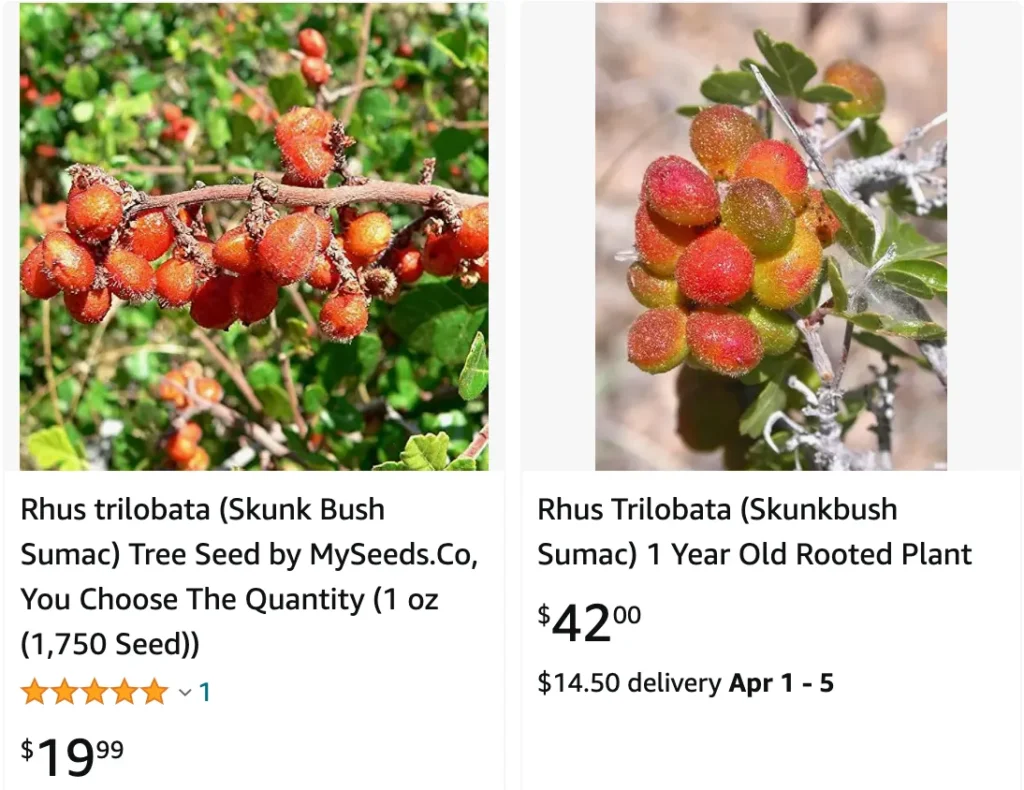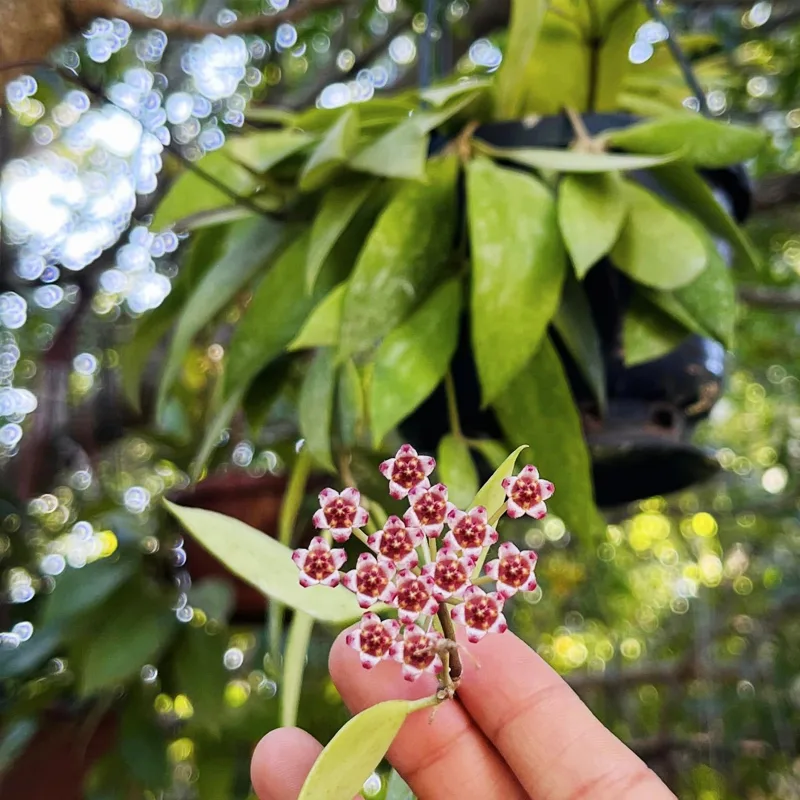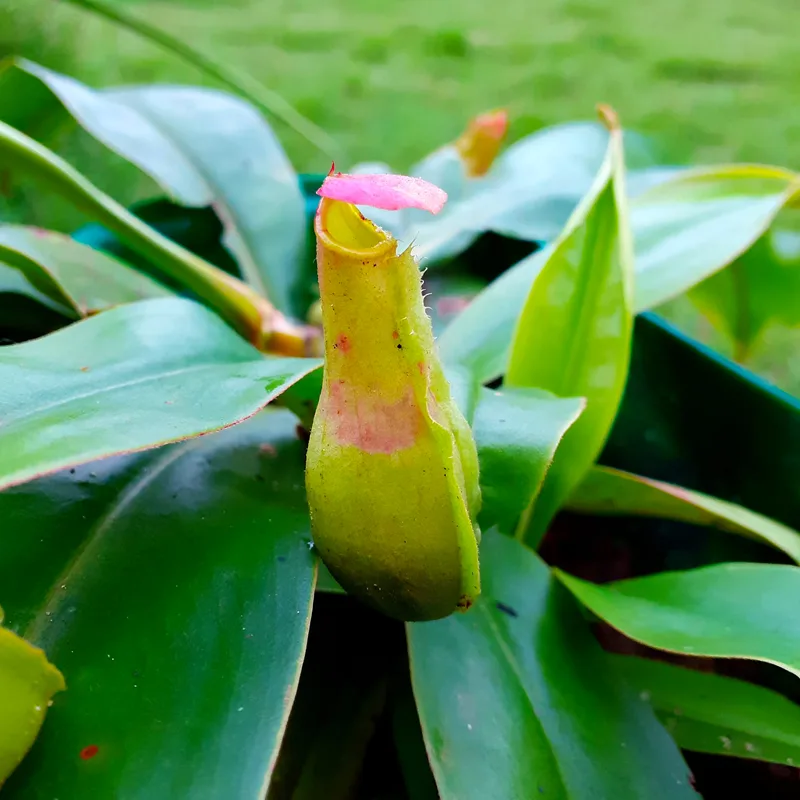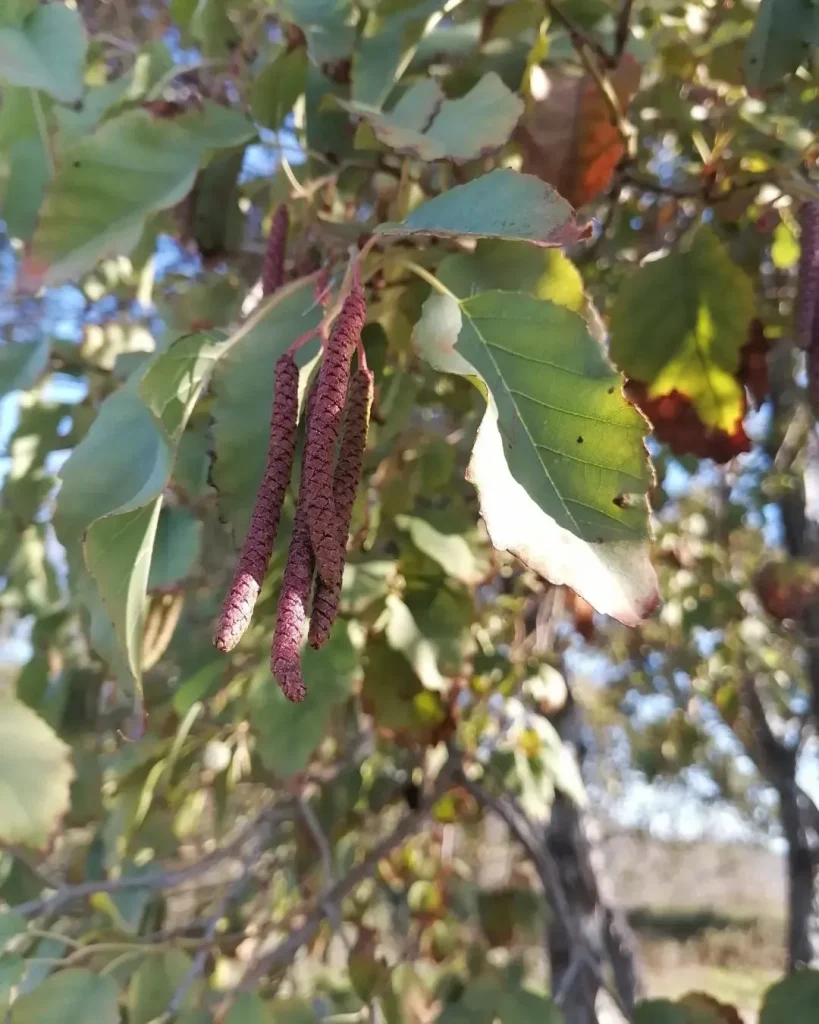
An Enthusiast’s Guide to Rhus trilobata: From Seedy Beginnings to Autumnal Amber
For the past few years, I’ve been captivated by the Rhus trilobata, also known as the Skunkbush Sumac. This hardy shrub native to North America has stolen a place in my heart (and garden) with its resilience, vibrant fall foliage, and unique ecological contributions.
However, my initial foray into cultivating Rhus trilobata wasn’t without its challenges. This guide condenses the knowledge I’ve gleaned to help you cultivate this fascinating shrub, from coaxing stubborn seeds to germinate to witnessing its fiery autumn transformation.
56 Species in Genus Rhus – Sumac
Is Rhus trilobata a Tree?
Let’s clear this up first. Despite its impressive size potential, reaching up to eight feet tall, Rhus trilobata is classified as a shrub. It lacks the single, dominant trunk characteristic of trees, opting instead for a multi-stemmed growth habit. This branching structure creates a dense, rounded form, perfect for borders, erosion control, or adding wildlife habitat.
Rhus Trilobata vs Rhus Aromatica
I’ve grown both Rhus trilobata and Rhus aromatica, and while Rhus trilobata impressed me with its vibrant fall colors and more compact form, Rhus aromatica’s spicy-sweet scent and slightly larger size gave my garden a different kind of charm. Rhus aromatica has a more pronounced fragrance that I find really adds to the sensory experience of my outdoor space, while Rhus trilobata’s foliage transitions into stunning red hues in autumn that are hard to beat.
How to Propagate Rhus trilobata?
There are two main ways to propagate Rhus trilobata: seed and cuttings. Seeds offer a cost-effective approach, but be prepared for a little patience. Here’s how to treat seeds for successful germination:
- Collection: Gather mature seed heads in late fall or winter. Look for plump, reddish-brown clusters.
- Stratification: Mimic winter conditions by placing seeds in moist sand and storing them in a refrigerator for 2-3 months. This breaks seed dormancy and encourages germination.
- Planting: Sow seeds in well-draining soil ¼ inch deep in spring. Keep the soil consistently moist but not waterlogged. Germination can be slow, so be patient!
How is Rhus trilobata treated to enhance germination?
Scarification, which involves physically nicking the seed coat, can improve germination rates in Rhus trilobata. Use sandpaper or a nail clipper to create a small scratch on the seed coat, taking care not to damage the embryo within. This allows water to penetrate the seed more readily, stimulating the germination process.
How to Care for Rhus trilobata?
Once established, Rhus trilobata is a low-maintenance shrub. Here’s the key:
- Sunlight: Provide full sun to part shade.
- Soil: Well-draining soil is crucial. Sandy or rocky soil is ideal.
- Watering: Water deeply during the first year, then only occasionally once established. This shrub thrives in dry conditions.
- Pruning: Prune lightly in late winter to maintain desired size and shape.
What to Plant with Rhus trilobata?
Rhus trilobata’s drought tolerance and sun-loving nature make it a great companion for other drought-resistant plants like ornamental grasses, salvia, and butterfly milkweed. Its vibrant fall foliage also pairs beautifully with evergreens like juniper or holly for year-round interest.
How to order Rhus trilobata ‘Autumn Amber’ bushes?
If you’d prefer to bypass the seed-starting process, numerous nurseries and online retailers offer established Rhus trilobata bushes, including the popular cultivar ‘Autumn Amber’ with particularly stunning red fall foliage. Research reputable retailers in your area or search online for options.
A Rewarding Challenge
Cultivating Rhus trilobata offers a rewarding challenge for gardeners. With a little patience and the right techniques, you can witness this shrub transform your landscape, providing vibrant color, habitat for wildlife, and a touch of untamed beauty. So, why not give this fascinating shrub a try in your own garden?
If i die, water my plants!



